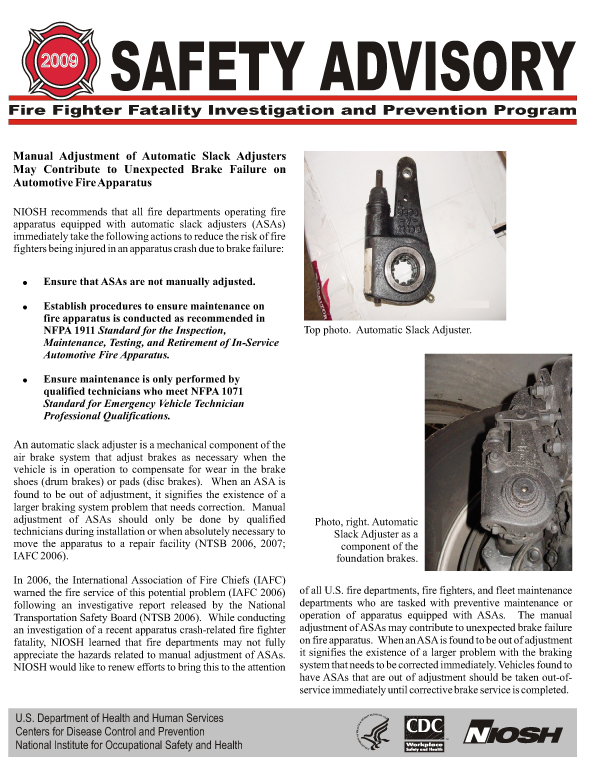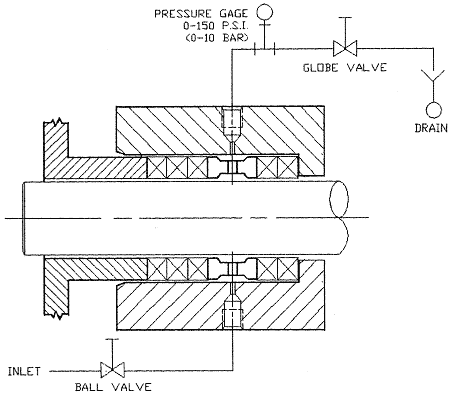Fire Pump Packing Drip Rate

Break tanks are most commonly used 1 as a means of backflow prevention between the water supply source and the fire pump suction pipe 2 to eliminate fluctuations in the water supply source pressure 3 to provide a stable and relatively constant suction pressure at the fire pump and or 4 to provide water storage to augment a water source that cannot provide the maximum flow rate.
Fire pump packing drip rate. Packing that is adjusted too loose can allow air to be sucked in through the packing during priming reducing the height that at which the pump can be primed. But as the pump and packing start to set in you can expect a couple years of consistent and reliable service. At the beginning of the pump operation loosen the gland nuts and allow the packing boxes to leak liberally. Two stage pumps in volume.
For most braided pump packing liquid leakage is absolutely necessary to provide lubrication and cooling of the sealing surface and ensure the seal s long life. The 60 drips per minute is a little more forgiving than the 5 drips per minute but should still be used as a limit for a maximum drip rate to be allowed. When adjusting pump packing the goal is to arrive at the lowest acceptable leak rate while maintaining thermal equilibrium. This process may require two to three hours.
Overtightening is the most common cause of packing failure. The 60 drips per minute is a little more forgiving than the five drips per minute but should still be used as a limit for a maximum drip rate to be allowed. Too fast of a drip rate can also be bad. Packing adjustment will be more frequent at first.
Packing that is adjusted too loose can allow air to be sucked in through the packing during priming reducing the height that the pump can be primed at. Every 20 minutes tighten the packing gland nuts one flat at a time until the leakage has been reduced to about 60 drops per minute.












